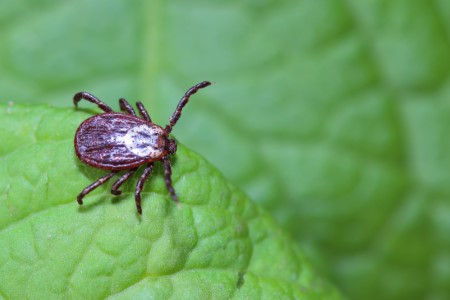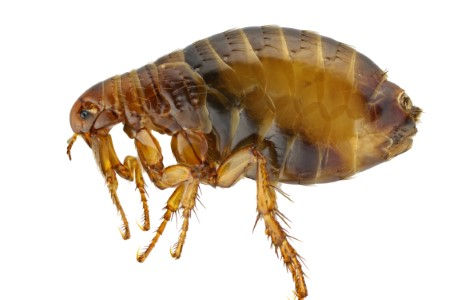
When it comes to pests that threaten your pets, ticks and fleas top the list. Both are tiny, blood-sucking parasites that cause discomfort, but they differ in behavior, habitats, and the diseases they spread. Understanding what makes them unique helps you better protect your furry family members—and your home—from infestations.
Ticks are part of the arachnid family, meaning they’re more closely related to spiders than insects. They latch onto your pet (or you) and feed slowly, often going unnoticed for hours or even days. In New Jersey, ticks are active nearly year-round, especially in wooded or grassy areas. They transmit several serious illnesses like Lyme disease, ehrlichiosis, and Rocky Mountain spotted fever. Because they require longer feeding times to spread disease, prompt removal and prevention are key.
Unlike ticks, fleas are agile jumpers that move quickly through your pet’s fur. They reproduce rapidly, with a single female laying dozens of eggs each day. This means a small flea problem can turn into a full-blown infestation in just weeks. Fleas are known for causing relentless itching, hair loss, and allergic reactions in pets. They can also transmit tapeworms and cause anemia in severe cases.
While both pests feed on blood, there are a few simple ways to tell them apart:

Pet protection requires a combination of prevention, maintenance, and professional help. Start with regular grooming and flea/tick checks after outdoor play. Use vet-approved treatments such as spot-on preventives, oral medications, or flea collars. Keep your lawn trimmed, remove leaf litter, and wash pet bedding frequently.
For outdoor protection, aid from a pest control contractor can make all the difference. At Bug Bombers, we provide safe, effective perimeter sprays and yard applications that target tick hotspots while reducing flea populations. As New Jersey's top-rated tick control pros, we know how to protect your pets—and your family—from these harmful pests year-round.
Don’t let ticks or fleas take over your yard or put your pets at risk. Contact Bug Bombers today for expert, pet-safe treatments that deliver lasting protection and peace of mind. Schedule your service now and keep your outdoor spaces pest-free all season long.
If you live in Williamstown, NJ, you know ticks can turn a great backyard into a worry zone. Our mild winters and wooded edges mean activity starts early and can linger deep into fall. The sure way to cut risk is scheduling professional tick control that […]
New Jersey, with its diverse forests and suburban landscapes, has long contended with ticks as a public health concern. However, climate change is transforming this challenge, leading to longer seasons of tick activity and the spread of tick-borne illnesses such as Lyme disease. Understanding how shifting […]